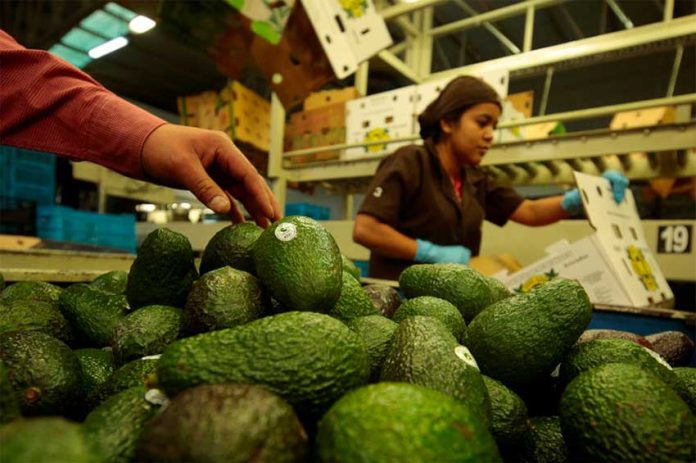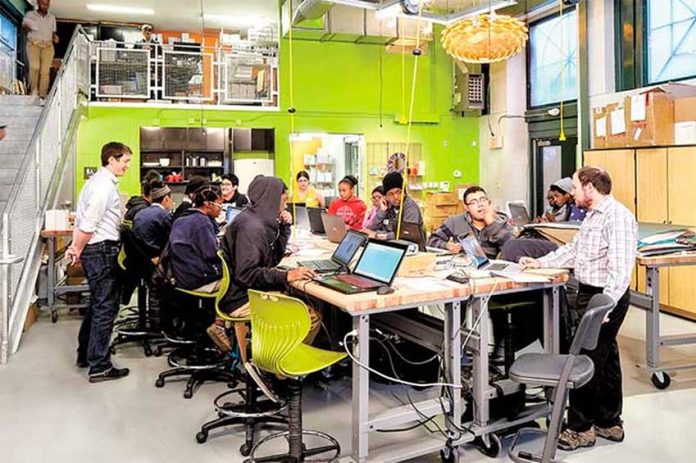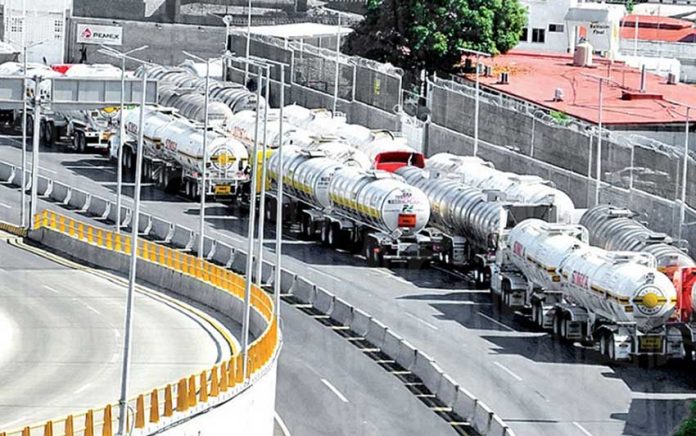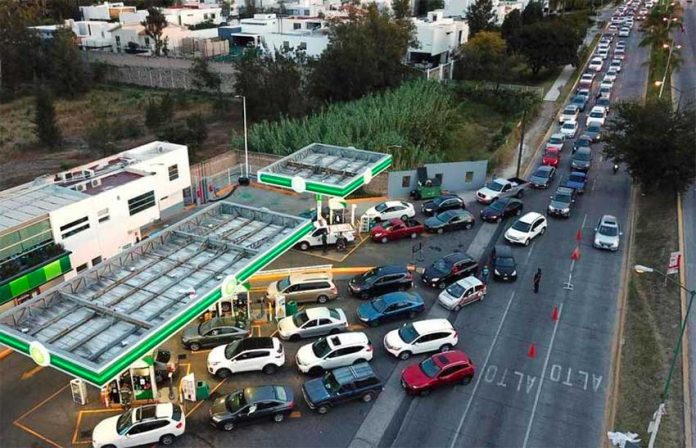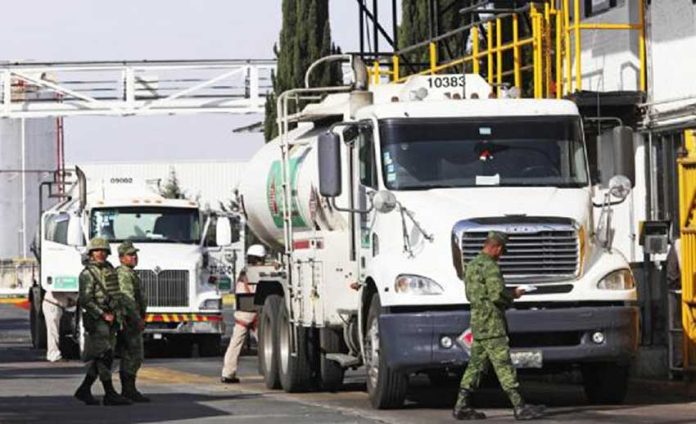Jurors at the New York trial of Joaquín “El Chapo” Guzmán heard excerpts of phone calls yesterday that were made by the former drug lord and intercepted by the FBI.
The calls, in which Guzmán speaks openly about the illicit activities of the Sinaloa Cartel he allegedly headed, represent the most damaging evidence presented thus far at the trial, which began in mid-November.
The 61-year-old ex-kingpin faces a probable sentence of life imprisonment if convicted of drug trafficking, conspiracy, money laundering and weapons charges.
Stephen Marston, a Federal Bureau of Investigation special agent, told the court that the FBI infiltrated Guzmán’s encrypted communications system with the help of a Colombian info-tech expert who developed it.
Marston testified that in February 2010, FBI agents posed as Russian mobsters at a meeting with I.T. specialist Cristian Rodríguez at a Manhattan hotel.
He said that an undercover agent told Rodríguez that he was interested in acquiring an encrypted communications system so that he could speak to criminal associates without law enforcement listening in.
Around a year later, Marston said, the FBI agents convinced Rodríguez to give them his system’s special encryption keys after he had moved the servers for Guzmán’s network from Canada to the Netherlands to avoid arousing the suspicion of the Sinaloa Cartel.
With the permission of Dutch authorities, the FBI intercepted 1,500 telephone calls between April 2011 and January 2012, including around 200 made by Guzmán from his hideouts in the mountains of Sinaloa.
Among El Chapo’s interlocutors were business partners, criminal associates, hired guns and corrupt Mexican officials, Marston said.
The witness explained that Guzmán was easily identifiable in the calls the FBI intercepted by his high-pitched voice, which had “kind of a sing-songy nature to it” and a “nasally undertone.”
The calls were compared with other recordings of the former drug lord, including a video interview he gave to Rolling Stone magazine in 2015, Marston said.
In one excerpt presented to the jury yesterday, El Chapo orders a criminal associate identified as El Gato (The Cat) to continue making monthly payments to members of the now-dissolved Federal Investigation Agency as well as the “azules” (blues) and “yanquis.”
According to the court testimony of Vicente Zambada Niebla, a former Sinaloa Cartel operative and eldest son of the cartel’s current leader Ismael “El Mayo” Zambada, azules referred to members of the Federal Police while yanquis was a nickname for commanders of the federal Attorney General’s office (PGR) who were stationed in Sinaloa.
In another excerpt played in the Federal District Court in Brooklyn, Guzmán warned one of his enforcers, Orso Iván Gastélum Cruz, not to provoke police.
“Don’t be chasing cops,” Guzmán said. “They’re the ones who help.”
“Well,” Cruz responded, “you taught us to be like a wolf, to act like a wolf, remember?”
Prosecutors played dozens of other snippets of calls in which Guzmán incriminated himself. In one call, he advised an associate to pay off “a big fish” for protection.
In another, a woman told Guzmán that soldiers had discovered one of his warehouses but not a tunnel that led to it. “You have to cover the hole,” replied the notorious drug lord, who infamously escaped from prison in 2015 via a tunnel.
A report by The New York Times said that the FBI recordings represent “one of the most extensive wiretaps of a criminal defendant since the Mafia boss John Gotti was secretly recorded in the Ravenite Social Club.”
Guzmán listened nervously to his self-incriminating calls as they played, the newspaper Milenio reported.
Several cartel witnesses have testified against Guzmán since the trial began on November 13.
Jurors have heard testimony about bribes the kingpin paid to corrupt officials, the life of luxury he led, his first prison break inside a laundry cart, multi-tonne drug shipments and bitter cartel wars, among other tales.
Guzmán’s defense team has attempted to portray him as a mere underling to El Mayo Zambada.
Witnesses testifying against Guzmán are “liars,” “degenerates” and “scum” who are speaking in the hope that their own prison sentences will be reduced, one lawyer said in late November.
The trial is expected to continue for at least a few more weeks.
Source: Milenio (sp), Reuters (en), The New York Times (en)
